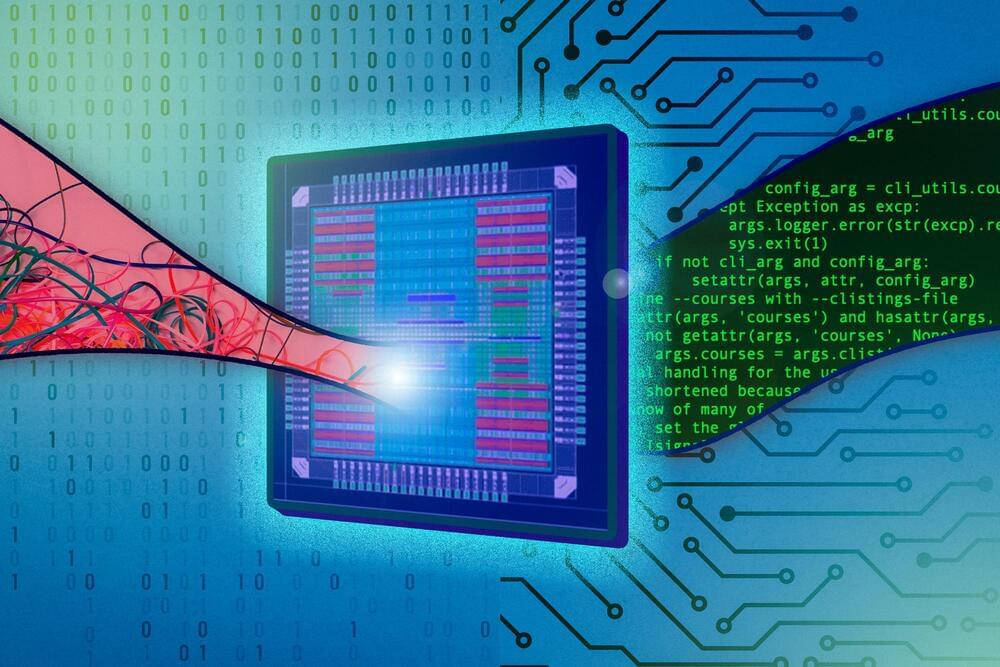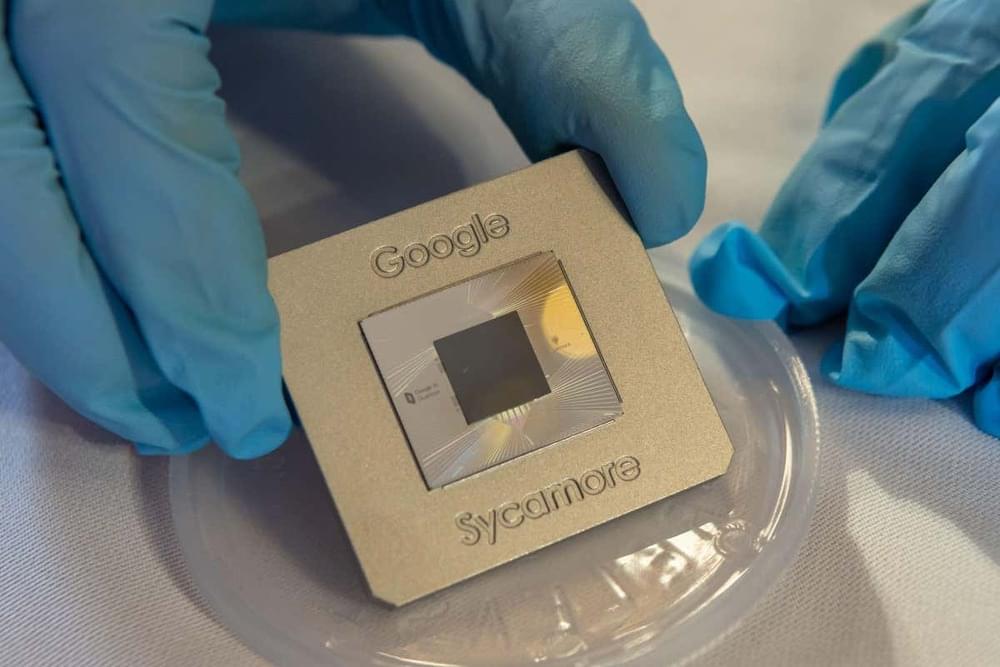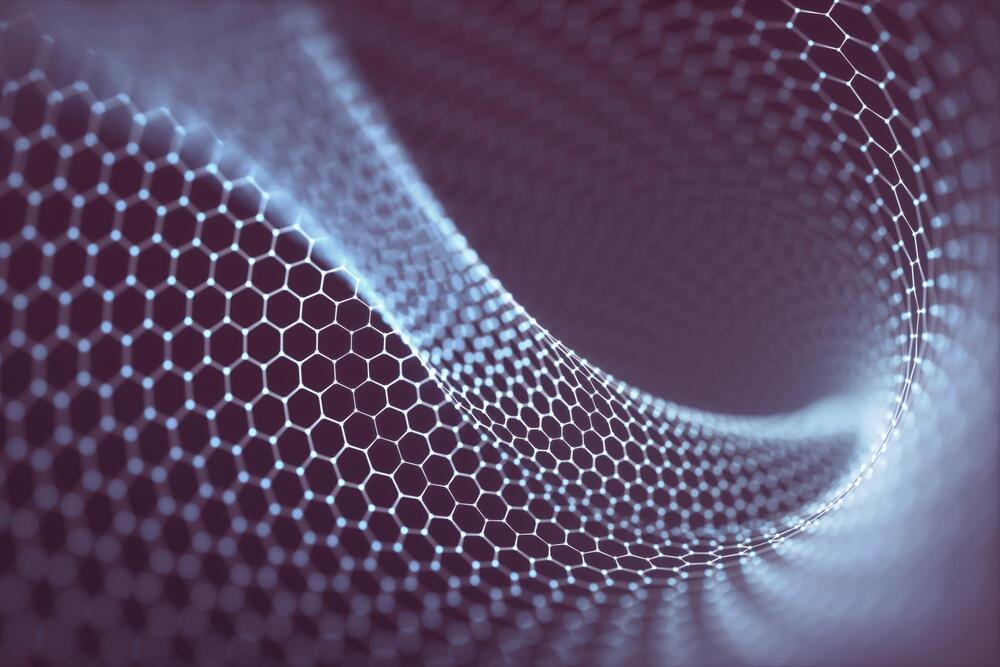Physicists with the Harvard-MIT Center for Ultracold Atoms have just announced new success with a particular style of quantum computer —a “programmable quantum simulator”. In this architecture, they take supercold rubidium atoms and use optical tweezers (beams of light) to arrange the atoms into shapes.
As the Harvard Gazette writes …
This new system allows the atoms to be assembled in two-dimensional arrays of optical tweezers. This increases the achievable system size from 51 to 256 qubits. Using the tweezers, researchers can arrange the atoms in defect-free patterns and create programmable shapes like square, honeycomb, or triangular lattices to engineer different interactions between the qubits.






